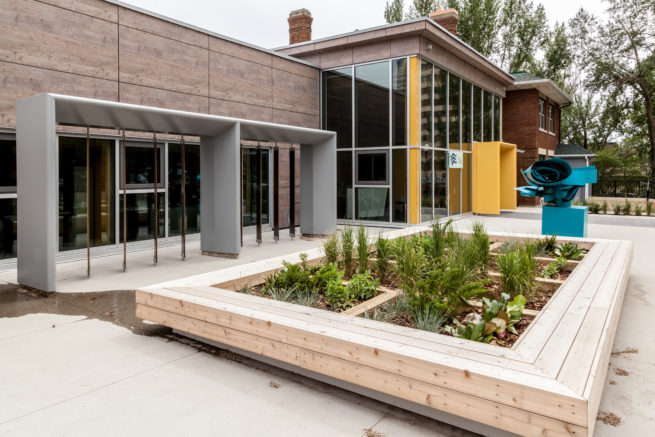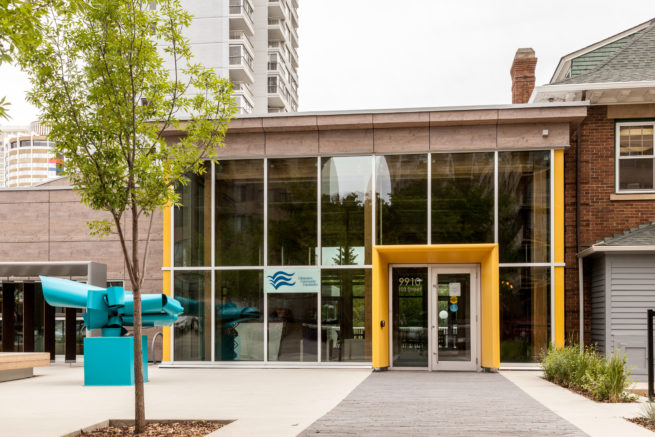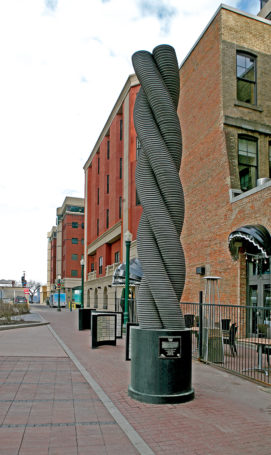June 12, 2019
A history of ECF
Have you ever seen the sign for Slatter Way and wondered, “Who is that?” Tucked away in the heart of downtown Edmonton, this cosy little back street leads to the hub for Edmonton Community Foundation (ECF). And it’s named for the man who, in the late 1980s, was instrumental in beginning what is today the far-reaching and important work of ECF.
The story of ECF began in 1970, with a letter from then-lawyer Tevie Miller to the provincial secretary. In it, he explained a group of local citizens had hit upon the idea of forming a foundation, which “would provide a very useful service for the city of Edmonton and its citizens … it is thought that the best procedure would be to seek a Private Bill at the next sitting of the Legislature.” On April 27, 1971, the Edmonton Community Foundation Act was passed.

Right from the start, there were glitches. Desirable board members — such as Ivor Dent and Ernest Manning — were approached but didn’t have time to help out. The Department of National Revenue refused to grant charitable status because the act included sport promotion (which was subsequently removed). When the City of Edmonton tried to flow cultural funding through the group, the city’s major cultural organizations protested and the idea was dropped.
By the late 1970s, having had no annual meetings, elected no officers, and disbursed no funds, ECF was abandoned. It would take a decade for the right people to bring it back to life. “In the late ’80s,” recalls Doug McNally, ECF’s CEO from 1994 to 2005, “John and Barbara (Poole) were interested in creating endowment funds for the arts in Edmonton. They had a really sharp advisor at the time, a man named John Slatter.

